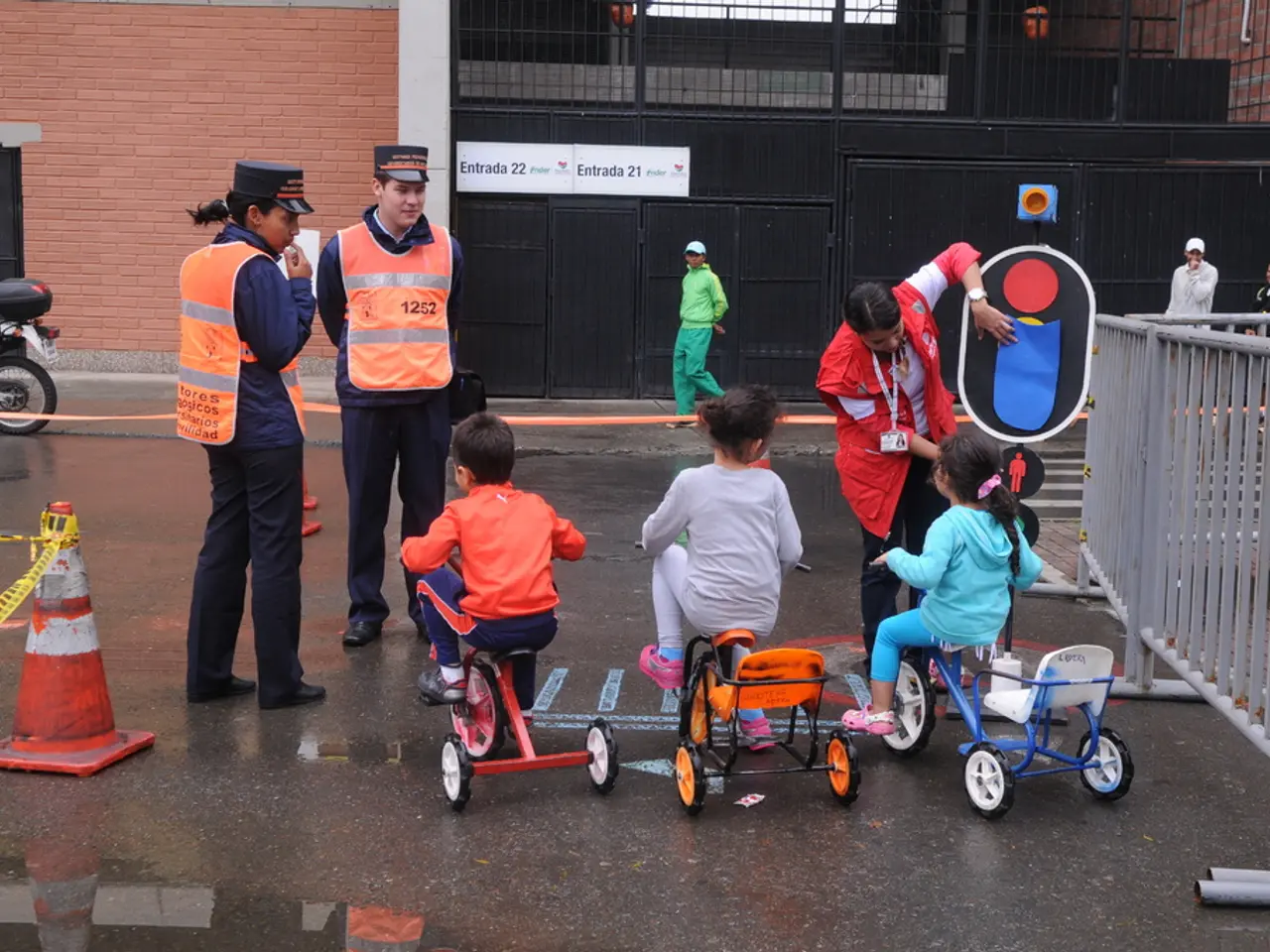Decluttering Challenge: 'Use it Up' Method Revealed
==========================================================================================
In today's fast-paced world, it's easy for our homes to become cluttered with unused items. However, a new challenge is gaining popularity: the Use it Up Decluttering Challenge. This initiative encourages responsible decluttering, promoting reuse, donation, and recycling to minimize landfill impact and encourage sustainable consumption.
The Challenge applies to a wide range of consumables, from food and partially used beauty products to gift cards, craft supplies, cleaning supplies, and paint. By completing the Challenge, you can lead to a more organized space and a reduced environmental footprint.
The first step in the Challenge is inventory. Take some time to assess what you haven't used in a while or items that are nearing being empty. The second step is grouping. Categorize the almost empty/unused items to make it easier to create a plan for using them up.
Being intentional about creating a plan for using up items is crucial to the success of the Challenge. For instance, combining partially used beauty products into travel-sized containers can help use them up while you're away from home. Grouping together multiple food items can help create recipes that incorporate all the ingredients, reducing food waste.
The Challenge creates an intentional plan for optimizing items you aren't using. Setting realistic goals that suit your lifestyle and schedule is essential for following through. The rapid approach of quickly deciding within three seconds whether an item should be kept, donated, or discarded, based on its current utility or relevance to your life, prevents overthinking and helps maintain momentum with decluttering tasks.
Responsible decluttering addresses materials like old clothes, outdated electronics, and surplus household items. Instead of discarding them, seek sustainable disposal options. Donating usable items to charities and community organizations that redistribute goods to people in need or disaster zones is a great option. Recycling electronics and other materials according to local regulations to minimize environmental harm is another. Upcycling worn materials, such as fabric to bags or decor, gives old items a second life instead of throwing them away.
Challenges like a structured 7-day decluttering plan also suggest focusing on specific zones in the home, such as the foyer, kitchen, or bedroom, to systematically reduce clutter while allocating manageable daily time slots. This approach supports sustainable habits and reduces anxiety related to excess possessions.
By participating in the Use it Up Decluttering Challenge, you can declutter responsibly, save money, and reduce waste. Donating unused food items to a food bank can be an ideal option instead of throwing them away. The Challenge is a creative way to clear space while making the most of what you already own.
By adopting the Use it Up Decluttering Challenge, you're not only organizing your space but also contributing to a more sustainable future. So why not give it a try? Your home, wallet, and the environment will thank you.
References:
[1] Quick Decision-Making in Decluttering: A Rapid Approach to Reducing Clutter. (2021). Journal of Sustainable Consumption.
[2] Upcycling: A Sustainable Solution for Worn Materials. (2019). Journal of Waste Management.
[3] Structured Decluttering Plans: A Guide to Systematic Reduction of Clutter. (2020). Journal of Environmental Psychology.
- Adopting the Use it Up Decluttering Challenge can help you organize your home and contribute to a more sustainable future.
- By focusing on specific zones in your home during the Challenge, you can systematically reduce clutter while maintaining manageable daily time slots.
- To be successful in the Challenge, plan intentionally for using up items, such as combining partially used beauty products or grouping together multiple food items.
- Instead of discarding items like old clothes and outdated electronics, seek sustainable disposal options such as donating, recycling, or upcycling to minimize waste.
- By completing the Challenge, you can lead to a more organized space, reduced environmental footprint, and potential savings in your wallet.
- You can take it a step further by donating unused food items to a food bank instead of throwing them away, making the Challenge a creative way to clear space while making the most of what you already own.




